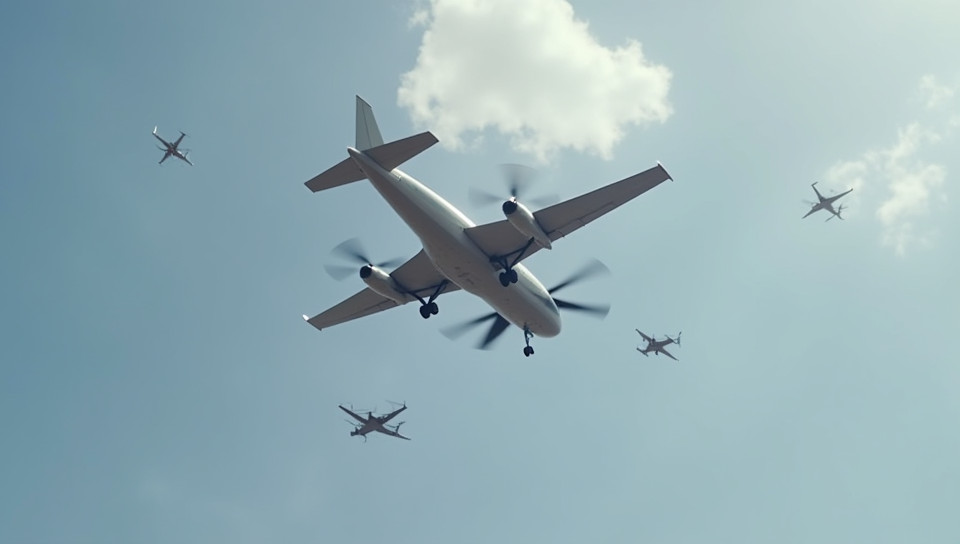Collision risks between drones and manned aircraft persist 57%

Collision Risks Between Drones and Manned Aircraft Persist
As the world becomes increasingly reliant on unmanned aerial vehicles (UAVs), also known as drones, concerns about their safety have grown. One of the most pressing issues is the risk of collision between drones and manned aircraft. Despite advancements in drone technology, this problem persists, threatening not only human lives but also aviation infrastructure.
The Rise of Drones
In recent years, drones have become increasingly popular for a variety of applications, including recreation, photography, surveying, and package delivery. According to the Federal Aviation Administration (FAA), there are over 1 million registered drones in the United States alone. As the number of drones on the skies continues to grow, so does the risk of collision with manned aircraft.
The Risks Are Real
The consequences of a drone colliding with a manned aircraft can be catastrophic. A drone's impact can cause significant damage to the aircraft's engines, wings, or other critical systems, leading to loss of control and potentially fatal accidents. Moreover, drones are often difficult to track and predict their flight paths, making them harder to avoid than other air traffic.
Contributing Factors
Several factors contribute to the risk of collision between drones and manned aircraft:
- Lack of regulation: Many countries lack effective regulations governing drone usage.
- Poor pilot training: Some drone operators may not receive adequate training on safe flying practices.
- Technical limitations: Drones are often difficult to track due to their small size and unpredictable flight paths.
- Growing demand for airspace: As the number of drones increases, so does the competition for airspace with manned aircraft.
Mitigating the Risks
While the risks are real, there are steps being taken to mitigate them. The FAA has implemented regulations requiring drone operators to register their devices and follow specific guidelines for safe flying practices. Additionally, manufacturers are developing more advanced collision avoidance systems for drones. Furthermore, researchers are exploring new technologies, such as detect-and-avoid (DAA) systems, which can help prevent collisions.
Conclusion
The risk of collision between drones and manned aircraft is a pressing concern that requires immediate attention. While the benefits of drone technology are undeniable, we must prioritize safety to avoid accidents and maintain public trust in this emerging industry. By implementing effective regulations, improving pilot training, and developing advanced technologies, we can reduce the risks associated with drone usage and create a safer skies for all users.
- Created by: Jacob Navarro
- Created at: Aug. 11, 2024, 1:17 a.m.
- ID: 6785


